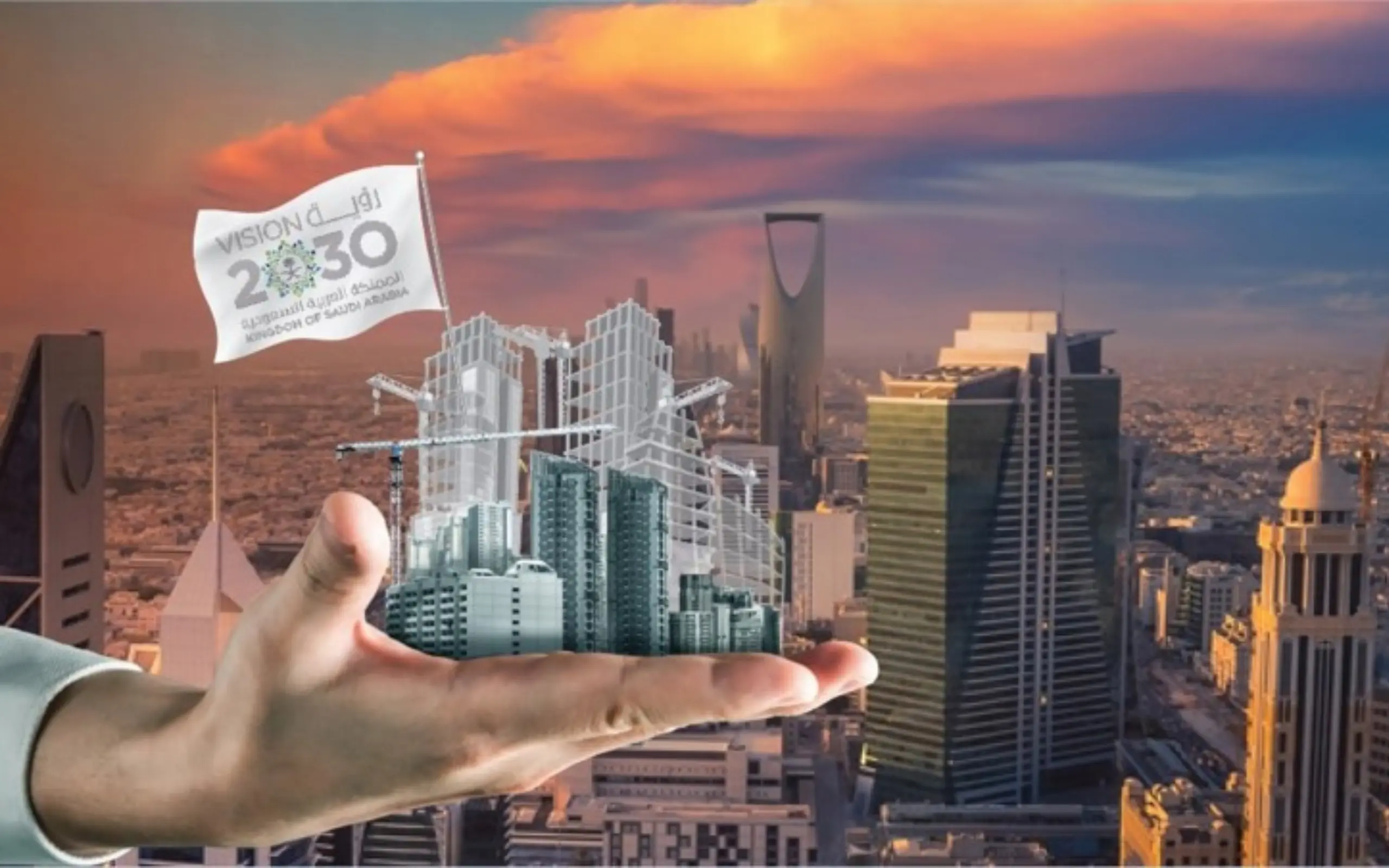As the Saudi economy continues to expand and the government prepares to launch significant infrastructure projects, the building and construction sector growth is all set for a spectacular boom.
Among the ambitious projects underway or in the pipeline are New Murabba, Saudi Landbridge, and the new airport in Riyadh, as well as the construction of multiple cities and more than 550,000 homes.
The value of these investments exceeds a trillion dollars, creating one of the most significant opportunities in the world for the building and construction sector and its ancillary industries. In the current context, the facilities management industry alone is sitting on SAR 100 billion ($26.64 billion) in potential contracts.
The Saudi Government’s commitment to infrastructure development and engineering projects is one of the many reasons that the kingdom is attracting attention and investment from global companies.
Here, the Saudi building and construction sector is well-positioned to take advantage of increased investment interest and, in doing so, help boost the economy and create jobs.
With unemployment in the kingdom already standing at historical lows of around 8%, more than 5 million additional jobs are expected to open up for Saudis, further supporting the development of the local workforce.
These developments fit within the context of Saudi Arabia’s ambitions for the future. In fact, the government’s Vision 2030 blueprint for economic growth has already delivered some spectacular results as the kingdom strives to diversify its economy away from oil.
Today, KSA is focusing on rapid modernization and diversification in multiple sectors, from technology and industry to entertainment and urban planning.
Notably, the government has made giant leaps in developing local and regional tourism with projects like Al Ula, Diriyah, Red Sea, and Six Flags Qiddiya.
The country also has plans for the development of Jeddah and the other southern regions, supported by a rapidly modernizing tourism visa program.
In addition to government-led initiatives, several private real estate developers are piggybacking on ambitious construction plans in the kingdom, and local and regional developers are responding to demand for new homes and commercial spaces.
As a result, FDI inflows are high, signaling an economic boom. Furthermore, the World Bank predicted economic growth in Saudi Arabia of 8.3% last year.
Economic growth is fueling demand for new homes, infrastructure, and facilities, and this demand can only be met by continued investment in the building and construction sector.
With the right combination of dynamic governmental policy, investment, and strategic management through various PIF entities, the building sector will continue providing new opportunities for the foreseeable future.
To summarize, the existing project pipeline and ongoing push from government are encouraging businesses to tap into the wealth of opportunity that exists – and that opportunity is set to grow bigger over the coming years.
By 2030, the kingdom aims to have more than 550,000 residential units and 275,000 hotel rooms, as well as over 4 million square meters of retail space and more than 6 million square meters of new office space.
To maximize the potential, due preparedness and prudence must be exercised in preparing entry and execution strategies. It is not a gold rush but a real opportunity.
Source: Forbes Middle East
